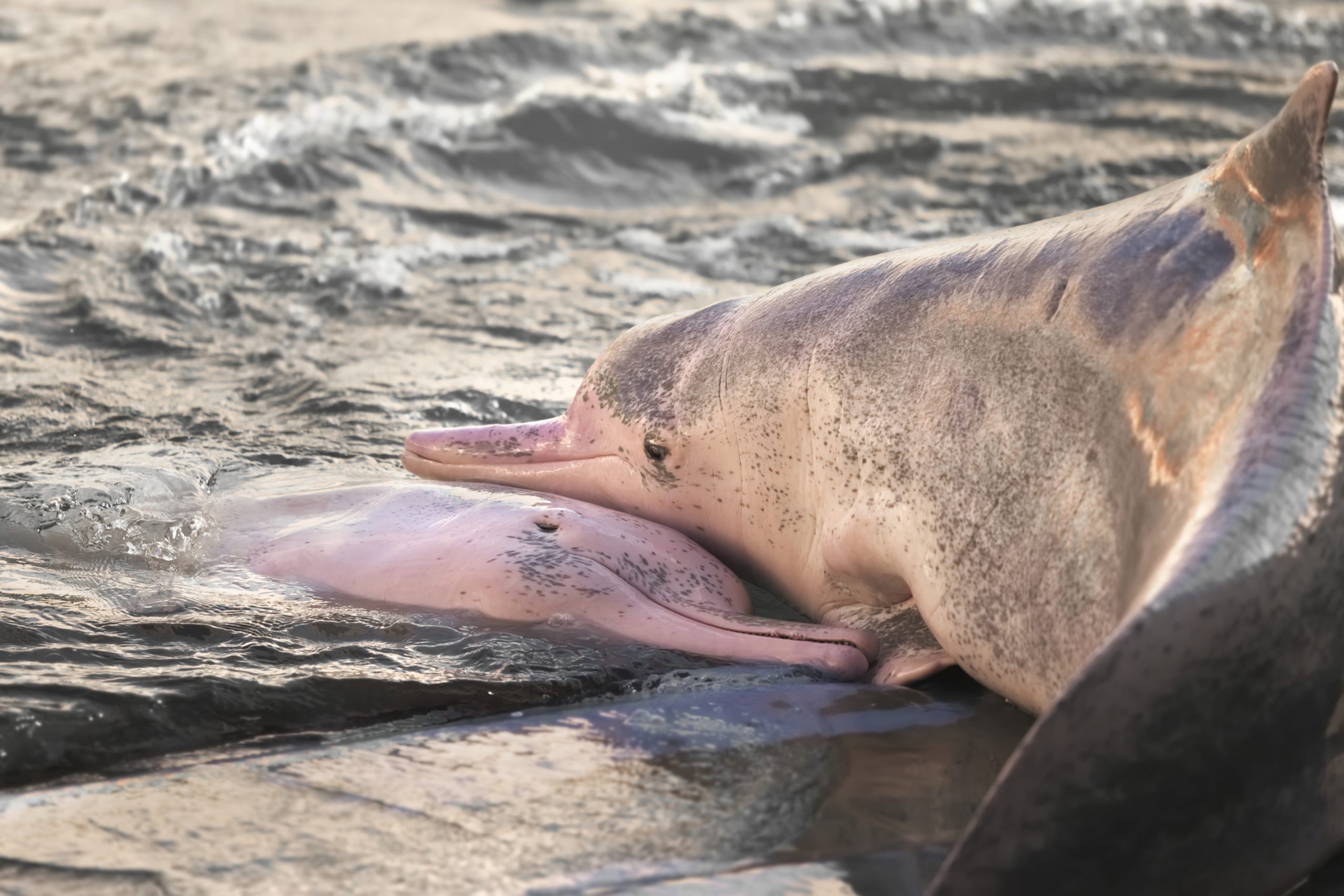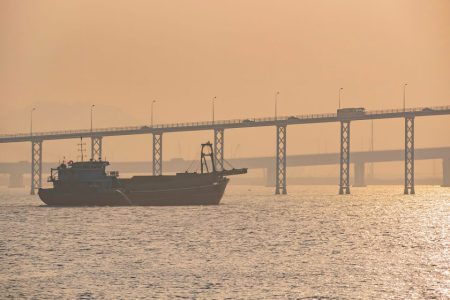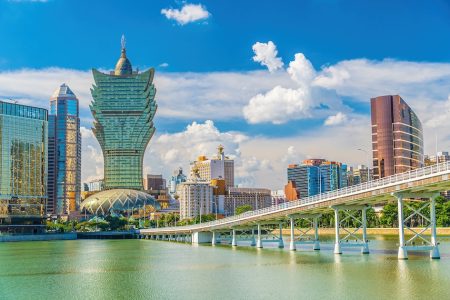The creation of protected zones for threatened Chinese white dolphins in Macao’s waters “requires comprehensive consideration,” as it could “restrict the overall development of Macao.” That’s according to the head of the maritime administration department of the Marine and Water Bureau, Hu Chu Pang, whose remarks were cited in a TDM report.
The official was speaking during the first session of a 50-day public consultation on marine zoning and legislation concerning the use of Macao’s territorial waters.
During the event, some residents highlighted the fact that the consultation documents do not specifically designate a protection area for Chinese white dolphins.
In response, Hu pointed out that assigning an exclusive safe zone for the endangered creatures would certainly protect them, but it would also severely restrict the city’s development. Macao’s circumstances also require the government to frequently conduct dredging operations, he added.
[See more: Will the next generation see Chinese white dolphins in Macao waters?]
Hu also made mention of an existing protection zone, the 460 square kilometre Pearl River Estuary Chinese White Dolphin National Nature Reserve, comparing it to Macao’s territorial waters, which measure only 85 square kilometres.
The consultation session was held in the Outer Harbour Pier lecture hall yesterday, with the main topic of discussion revolving around the protection of the Chinese white dolphin and the building of a so-called ecological island.
According to the One Planet Foundation, the total population of Chinese white dolphins is estimated to be around 6,000, with approximately 2,000 found in the Pearl River Estuary.
Rubbish, reclamation projects, speed boats and other human activities all threaten the well-being and habitats of these dolphins, whose population has declined significantly over the past several decades.






